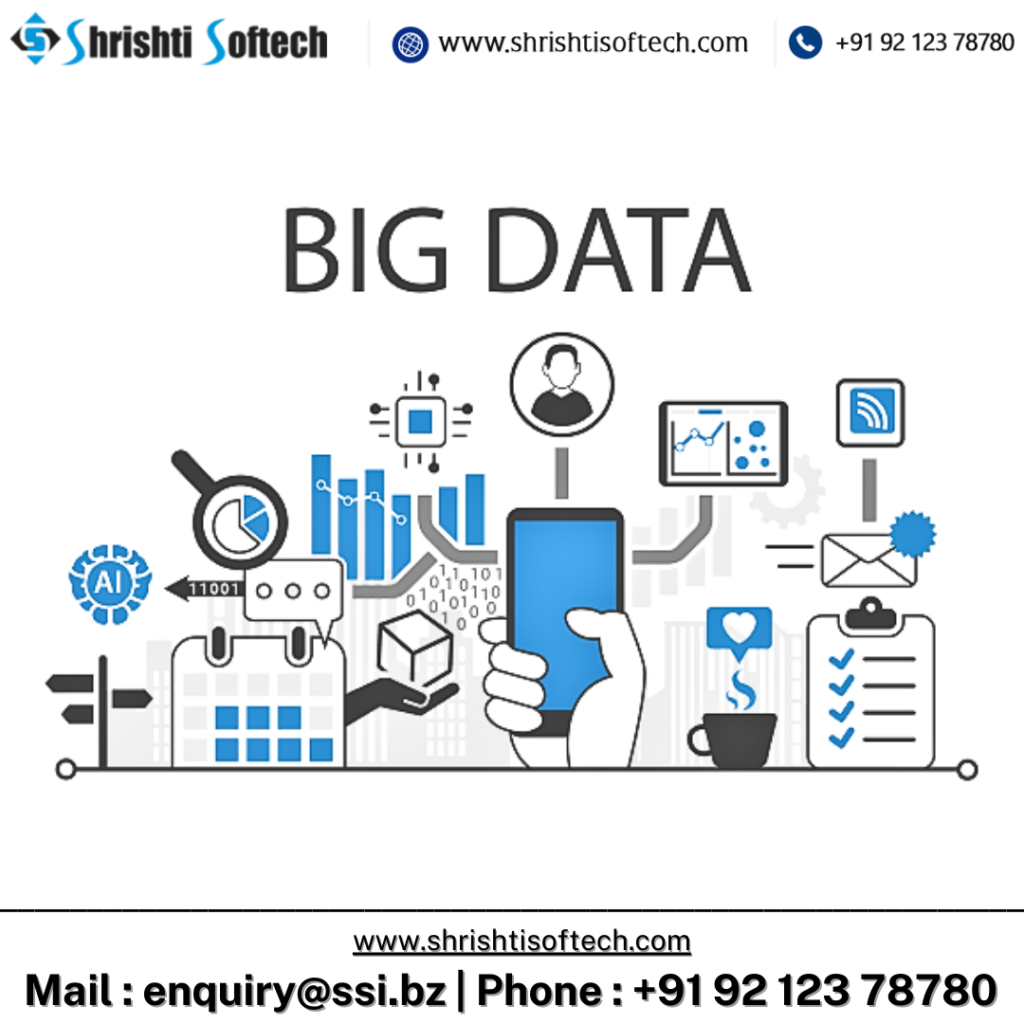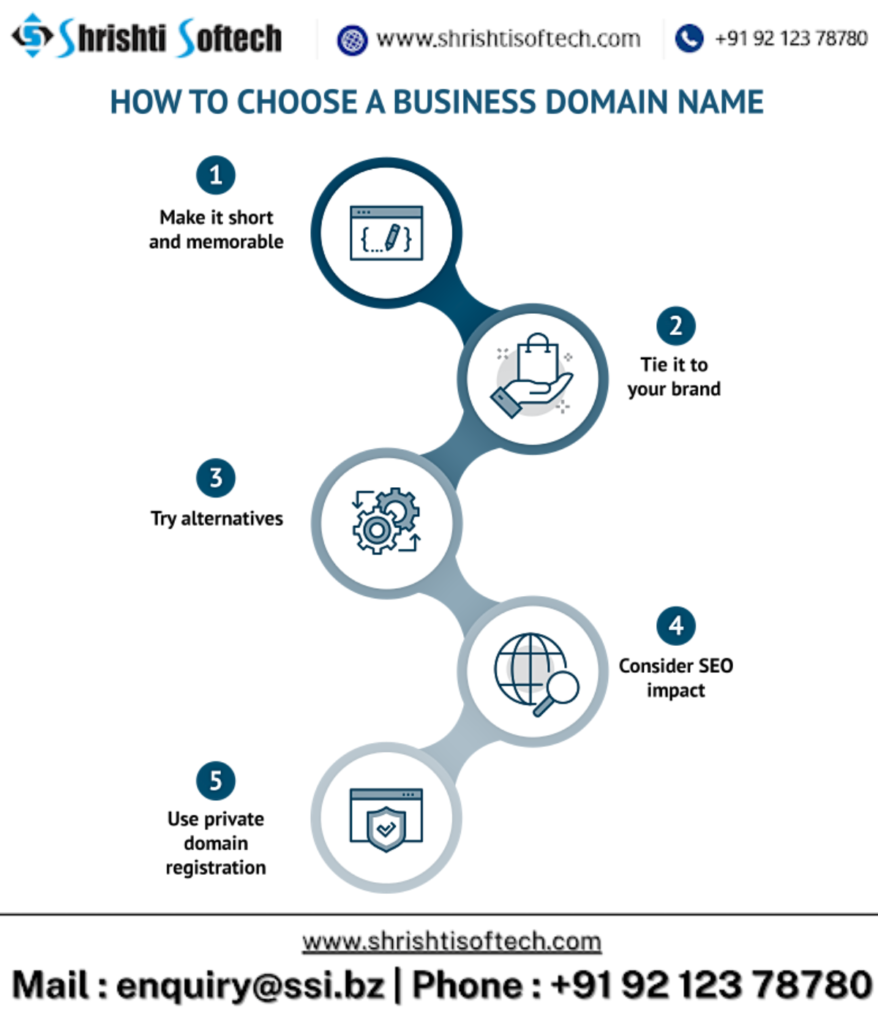
Independence Day is a momentous occasion that holds immense significance in the history of a nation. It is a day when a country celebrates its freedom, remembers the sacrifices of its heroes, and renews its commitment to the values that led to its liberation. It is a reminder of the struggle for self-determination and the continuous journey towards progress and unity.
Historical Context
The origins of Independence Day trace back to pivotal moments in a nation’s history when colonial powers were overthrown, and the people took charge of their destiny. The day signifies the culmination of years of struggle, perseverance, and resilience against oppression. It’s a reminder that the freedom we enjoy today was earned through the sweat, blood, and tears of those who came before us.
Remembering the Heroes
Independence Day is a time to honor the brave souls who gave their all for the cause of freedom. These individuals, often ordinary citizens turned extraordinary leaders, led movements, wrote manifestos, and faced immense adversity to secure the rights and liberties we cherish today. Their stories serve as an inspiration, a testament to the power of determination and the belief in a brighter future.
Unity in Diversity
Independence Day also serves as a reminder of the unity that lies within a diverse nation. It’s a day when citizens of all backgrounds come together, setting aside their differences to celebrate a common identity. This unity is a reflection of the shared values and aspirations that bind a nation, transcending ethnic, religious, and cultural boundaries.
Challenges and Progress
While Independence Day is a time for celebration, it’s also an opportunity to reflect on the challenges a nation has faced and the progress it has made. It’s a chance to acknowledge that the journey to true freedom is ongoing – freedom from not only external oppressors but also from internal issues such as inequality, corruption, and social injustices. As citizens, we must renew our commitment to addressing these challenges and working towards a society where everyone can enjoy the fruits of freedom.
Looking Towards the Future
Independence Day is not just about looking back; it’s also about looking forward. It’s a chance to envision the future we want for our nation – a future built on the principles of liberty, equality, and justice. As we celebrate the accomplishments of the past, we must also set our sights on the goals of tomorrow and work collaboratively to achieve them.
Conclusion
Independence Day is more than just a holiday; it’s a day of reflection, gratitude, and hope. It’s a day when we remember the struggles that have shaped us, the heroes who have guided us, and the ideals that continue to inspire us. As we celebrate our nation’s independence, let us also recommit ourselves to upholding the values that make our country strong and vibrant. Together, we can carry the torch of freedom forward and build a better future for generations to come.









